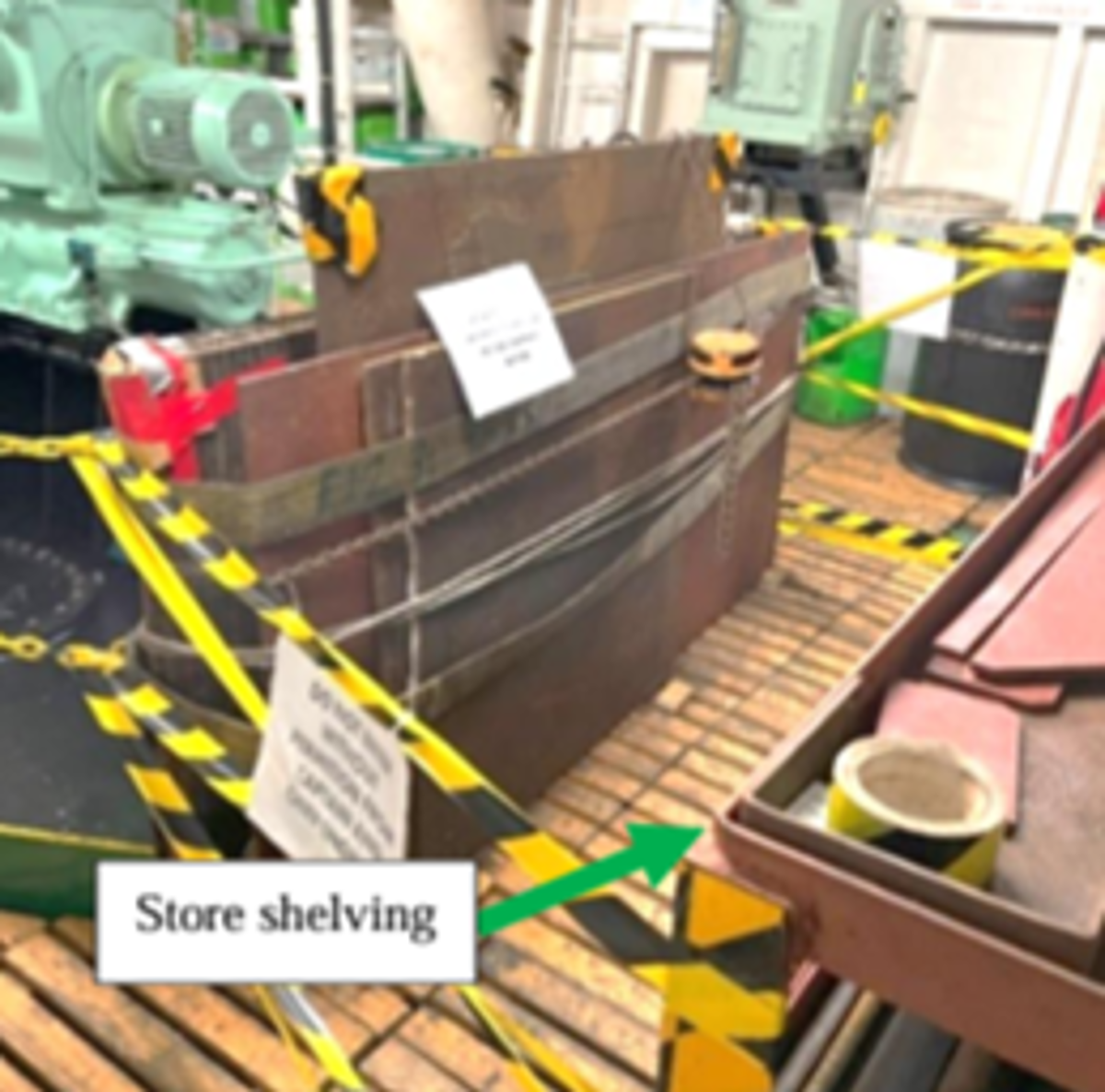Transport Malta: fatality after steel plates fell onto crew member
- Safety Flash
- Published on 16 May 2025
- Generated on 26 November 2025
- IMCA SF 09/25
- 3 minute read
Jump to:
The Marine Safety Investigation Unit (MSIU) of Transport Malta has published Report 15/2024 relating to the tipping onto a crew member of some steel plates, which led to the death of the crew member.
What happened?
On a vessel on passage, the electrician found the second engineer unconscious, trapped by steel plates in the steering gear compartment. The electrician raised the alarm, and together with other crew members, freed the second engineer and attempted to resuscitate him. The Master sought medical help from the authorities, and although two medical teams boarded the vessel by helicopter, they were unable to revive the second engineer.
The safety investigation concluded that the second engineer was alone in the steering gear compartment. A stack of heavy steel plates that was stored vertically and free from its lashings, tipped over on him, possibly as a result of the natural movement of the vessel in a seaway. The weight of the plates meant that it was quite impossible for him to stop the plates falling on him, or to free himself. He was trapped against the store shelving in the steering gear compartment.

Showing stack of steel plates
Investigation findings
· The incident occurred with no witnesses present.
· Whatever work the second engineer had been or had intended to be doing, was unplanned.
· The stack of plates had a total estimated weight of approximately 1.2 tonnes. The first plate seen in front of the stack weighed about 188 kg.
· The lashings used to secure the stack of plates had been slackened.
· The safety investigation identified several weaknesses and limitations in the arrangement.
̶ In order to select and take out a steel plate from the stack, the complete lashing arrangement had to be released.
̶ The stowage position and lashing arrangements of the steel plates did not allow for the use of either a hoist or lifting clamps to transfer / shift the plates safely.
· The second engineer was in effect “working alone” and there was no system in place for raising the alarm or getting assistance.
Lessons
· Look closely and carefully at how to safely stow heavy steel plates – question the current arrangements. Could more safer and more formal arrangements be designed for storage of steel plates?
· Are we storing spare materials on board that need not be on the vessel at all? Could spares themselves become a hazard?
· Look closely at work arrangements where crew members are, in effect, working alone.
Related Safety Flashes
-
IMCA SF 08/21
17 March 2021
-
-
IMCA SF 12/21
27 April 2021
-
-
IMCA SF 05/24
27 February 2024
-
-
IMCA SF 05/15
2 April 2015
-
IMCA SF 08/24
16 April 2024
IMCA Safety Flashes summarise key safety matters and incidents, allowing lessons to be more easily learnt for the benefit of the entire offshore industry.
The effectiveness of the IMCA Safety Flash system depends on the industry sharing information and so avoiding repeat incidents. Incidents are classified according to IOGP's Life Saving Rules.
All information is anonymised or sanitised, as appropriate, and warnings for graphic content included where possible.
IMCA makes every effort to ensure both the accuracy and reliability of the information shared, but is not be liable for any guidance and/or recommendation and/or statement herein contained.
The information contained in this document does not fulfil or replace any individual's or Member's legal, regulatory or other duties or obligations in respect of their operations. Individuals and Members remain solely responsible for the safe, lawful and proper conduct of their operations.
Share your safety incidents with IMCA online. Sign-up to receive Safety Flashes straight to your email.